Your opportunity to enter and spread in global markets
Discovery MoreOrange_Fresh, high-quality oranges with a naturally refreshing taste, rich in vitamin C. Perfect for juicing or as a healthy daily snack. Delicious flavor and unmatched freshness.
Orange
من أجهزة البيرة المميزة المتميزة، والمعروفة بمذاقه المتجدد وقيمته الغذائية. يتميز بفيتامينه المضاد للفيروسات وقشرته العطرية، وهو مصدر غني بفيتامين ج ومضادات الطعام، مما يجعل خيارًا مثاليًا لتعزيز الصحة العامة. يُستهلك طازجًا أو فارتا في إنتاج الأكلات والحلويات، وهو عبارة عن طلب فواكه في التشخيص الخفيف وجوده وفوائده الصحية للأجهزة المنزلية.
Kim fruit
Description
Orange
عالم البرتقال النابض تشجيع
عصير، أحد أشهر أجهزة في العالم، يشتهر به الزاهي، ولبّه العصير، ونكهته الشهية اللاذعة، وفوائده الصحية المختصة. وصفته عنصرًا أساسيًا عالميًا في استهلاك الفواكه الطازجة، ولم يكن سوى رمزًا للحياة والعافية. منتجات المصانع العالمية ومُصنّعة العصائر، إلى مُبتكري الأعشاب للعناية بالبشرة، تلعب دورًا محوريًا في العديد من الصناعات.
يُزرع برتقالنا في نطاق واسع بأشعة الشمس، ويحصد أوج الخريفه، ويُعبأ بعناية فائقة للتصدير أو المحلي. كل برتقالة هي ثمرة زراعة الزراعة، والتقنيات المتطورة لما بعد ذلك، ولم تكن جودة الدقيقة.
الجزء الأول: الملف الزراعي والزراعي
1.1 نظرة عامة على النباتات
براون، المعروف معروفًا باسم Citrus sinensis ، حصريًا لفصيلة التسمميات. وهي متعددة الهجينة من الجريب فروت واليوسفي، وتتوفر بأنواعها.
1.2 أصناف مختلفة الرئيسية
- برتقال سرّة
- برتقال فالنسيا
- برتقال دم الزغلول
- هاملين أورانج
- كارا كارا روز
يتميز كل صنف بنكهته الفريدة، ولون، ومحتوى المطبوع، والاستخدام المتنوعة – من الأكلات الطازجة إلى العصير.
1.3 التجارية الزراعية
يتم زراعة البرتقال باستخدام:
- أدوات مكافحة الآفات أو التفاصيل
- أدوات للتنقية لتحسين استخدام المياه
- السماد الطبيعي والأسمدة الحيوية
- التخفيف والتخفيف من الجودة
النتيجة هي فاكهة ممتازة ممنوعة وتفي بالمعايير الدولية.
الجزء الثاني: القيمة الغذائية والفوائد الصحية
2.1 التركيبة الغذائية (لكل 100 جرام)
- السعرات الحرارية: 47 سعرة حرارية
- الماء: 86%
- : 12 جرام
- السكري: 9 غرام
- الألياف: 2.4 جرام
- فيتامين سي: 89% من الحاضر
- حمض الفوليك والبوتاسيوم وفيتامين أ وفيتامينات بمنصة العرض
2.2 الفوائد الصحية للبرتقال
- مكوناتها : غني بفيتامين سي
- بصحة الجلد : تعمل مضادات الميكروبات على تقليل علامات الشيخوخة
- يساعد على الوصول إلى الأطعمة : تساعد الأطعمة السريعة على الحركة مقدماً
- ضبط ضغط الدم : يدعم أهمية صحة القلب
- يخفض : يحتوي على الفلافونويدات التي تؤثر على الضار
- مكافحة السرطان : تعمل على تنشيط الليمونويدات والكاروتينات على الخلايا السرطانية السرطانية
عصير البرتقال سريع التحضير خالي من الشعور بالذنب ومناسب لجميع الأنظمة الغذائية تقريبًا – كوبونات حرارية، وغنية بالعناصر الغذائية، ومليئة بالطعم المنعش.
الجزء 3: هناك والفرز التكنولوجيا ما بعد ذلك
3.1 الممارسات
- القاطع يدويا علم الكدمات
- تم تحديدها بألوان وتوازن السكر والحمض
- فحوصات الجودة يجب أن تكون أثناء ذلك
3.2 الفرز والتصنيف
يتم تصنيف التنوع على أساس:
- مقاس
- توحيد اللون
- ملمس الجلد
- عدم وجود عيوب
3.3 التعامل بعد
- تجميد الهجوم على النضارة
- الغسيل والتجفيف
- استخدام الشمع الطبيعي للحصول على قوة أكبر ومدة أطول
- نموذج في صناديق جيدة
نحن نستخدم سلسلة لوجستيات التبريد للحفاظ على الاحتفاظ بكل برتقالة بمذاقها وملمسها وجودها حتى وصولها إلى المصانع.
الجزء الرابع: معايير تسليم البضائع والتصدير
4.1 خيارات التعبئة الممتازة
- كرتون 5كجم، 7كجم، 10كجم
- حقيبة شبكية لتسليط الضوء
- التعبئة والتغليف بالجملة لمصنعي العصائر
4.2 وضع العلامات والتتبع
يتميز كل صندوق بما يلي:
- أصل المزرعة
- تاريخ الحصاد
- نوع الصنف
- رقم الدفعة ورمز الاستجابة السريعة للتتبع الكامل
4.3 الشهادات
- Global GAP
- ISO 22000
- HACCP
- Phytosanitary certificates for all exports
We comply with the export requirements of the EU, GCC, Russia, and Asia.
Part 5: Applications and Market Reach
5.1 Applications
- Fresh consumption
- Juice production
- Desserts and bakery
- Essential oil extraction
- Skincare and cosmetics
5.2 Target Markets
- Retail chains
- Juice producers
- Horeca (Hotel/Restaurant/Catering) sector
- Pharmaceutical and cosmetic companies
5.3 Major Export Destinations
- Europe (Germany, France, Netherlands, UK)
- Middle East (UAE, Saudi Arabia, Qatar)
- Asia (India, China, Malaysia)
- Africa (South Africa, Kenya)
Our oranges are available year-round, with peak availability from October to May.
Part 6: Sustainability and Social Responsibility
6.1 Eco-Friendly Farming
- Use of renewable energy in farming operations
- Water conservation practices
- Zero waste packaging
6.2 Supporting Local Communities
- Fair wages for farmers
- Investment in local education
- Community healthcare support
By choosing our oranges, you support a product that is not only delicious and healthy but also ethically grown.
Part 7: Customer Testimonials and Business Support
“The best oranges we’ve ever imported — sweet, fresh, and beautifully packed.” — Retailer, Germany
“Reliable suppliers with great customer service. The oranges are always consistent.” — Juice Manufacturer, UAE
7.1 Business Support Services
- 24/7 customer service
- Assistance with documentation
- Private label and custom branding
- Sample requests and express shipping
Nutritional Composition and Health Benefits of Oranges
Oranges are not only a delicious and refreshing fruit, but they also stand out as a nutritional powerhouse. The nutritional profile of oranges makes them a top choice for health-conscious consumers, medical professionals, and dietitians alike. Rich in essential vitamins, minerals, antioxidants, and phytonutrients, oranges contribute significantly to a well-balanced diet and offer a multitude of health benefits.
1. Nutritional Composition of Oranges
A medium-sized orange (about 130 grams) typically contains:
- Calories: 62 kcal
- Protein: 1.2 grams
- Fat: 0.2 grams
- Carbohydrates: 15.4 grams
- Sugars: 12 grams (natural fruit sugars)
- Dietary Fiber: 3.1 grams
- Vitamin C: 70 mg (more than 100% of the recommended daily intake)
- Vitamin A: 6% of the daily value
- Calcium: 52 mg
- Potassium: 237 mg
- Magnesium: 13 mg
- Folate: 40 mcg
These figures illustrate that oranges are naturally low in calories and fat while offering a rich supply of key micronutrients and antioxidants.
2. Health Benefits of Oranges
A. Immune System Support
Thanks to their high vitamin C content, oranges are widely recognized for their role in strengthening the immune system. Vitamin C helps stimulate the production of white blood cells, protects against oxidative stress, and shortens the duration of common colds and flu.
B. Heart Health and Cardiovascular Benefits
Oranges are rich in potassium and fiber, both of which are essential for maintaining a healthy heart. Potassium helps regulate blood pressure by balancing sodium levels in the body. The soluble fiber, primarily pectin, lowers cholesterol levels and promotes better arterial health.
C. Antioxidant and Anti-inflammatory Properties
Oranges are abundant in flavonoids such as hesperidin and naringenin, which have powerful antioxidant and anti-inflammatory effects. These compounds combat free radicals, reduce oxidative damage to cells, and may help in preventing chronic conditions like arthritis, cancer, and heart disease.
D. Digestive Health
Dietary fiber in oranges supports a healthy digestive system by promoting regular bowel movements and preventing constipation. Pectin also acts as a prebiotic, encouraging the growth of beneficial gut bacteria.
E. Skin and Eye Health
The vitamin C in oranges plays a vital role in collagen synthesis, which is necessary for maintaining healthy skin. Additionally, oranges contain carotenoids such as beta-carotene and lutein, which contribute to better vision and protect the eyes from age-related degeneration.
F. Weight Management
Being low in calories and high in water and fiber content, oranges help in promoting satiety and reducing overall calorie intake, making them an ideal snack for individuals aiming to manage their weight.
G. Cancer Prevention Potential
Studies suggest that the flavonoids and antioxidants in oranges may inhibit the growth of cancerous cells. Compounds like limonoids have demonstrated anti-carcinogenic properties, particularly against breast, skin, lung, and colon cancers.
H. Blood Sugar Regulation
Despite their natural sweetness, oranges have a relatively low glycemic index, making them suitable for individuals with diabetes when consumed in moderation. The fiber content also helps in slowing the absorption of sugar into the bloodstream.
3. Oranges as a Functional Food
In recent years, oranges have been classified as a functional food—foods that provide health benefits beyond basic nutrition. With ongoing scientific research supporting their positive effects on immune function, inflammation reduction, cardiovascular health, and even mood enhancement, oranges continue to be a central element of health-oriented diets worldwide.
Whether consumed as a whole fruit, fresh juice, or included in recipes and health products, the orange delivers a flavorful and impactful nutritional package that supports overall wellness. The demand for nutrient-dense fruits like oranges is on the rise globally, making them a staple in both modern diets and global agricultural markets.
Cultivation, Harvesting, and Commercial Processing of Orange
The journey of every premium orange begins in well-managed orchards that combine traditional knowledge with modern agricultural practices. From choosing the right variety to meticulous post-harvest handling, every step in the lifecycle of oranges plays a vital role in ensuring the final product meets international standards for flavor, appearance, and shelf life.
1. Ideal Climate and Soil Conditions for Orange Cultivation
Orange trees thrive in subtropical to tropical climates with warm temperatures, abundant sunshine, and well-drained, slightly acidic soils (pH 5.5–6.5). The best orange orchards are located in regions that receive moderate rainfall and enjoy long dry spells during fruit ripening.
Egypt, Spain, Morocco, and parts of the United States (like Florida and California) are renowned for their optimal conditions, which enable the production of oranges with high juice content and vibrant color.
2. Popular Orange Varieties for Commercial Cultivation
Several orange cultivars are grown for both domestic consumption and export. Each variety has distinct features that make it suitable for particular markets or purposes:
-
Navel Orange – Seedless, easy to peel, sweet taste. Popular for fresh consumption.
-
Valencia Orange – Juicy and tangy. Ideal for juice production.
-
Blood Orange – Reddish flesh and unique raspberry-like flavor.
-
Baladi Orange – Native to Egypt, prized for its local taste and aroma.
-
Jaffa Orange – A traditional export variety with a thick skin and high durability.
Farmers choose the variety based on market demand, climatic adaptability, and resistance to pests or diseases.
3. Agricultural Practices and Orchard Management
The cultivation of oranges involves careful orchard planning, including tree spacing, irrigation systems, and soil fertility management. Drip irrigation is commonly used to optimize water use and prevent overwatering, which can damage the root system.
Fertilization plans are tailored to each orchard’s needs and are often based on regular soil testing. Nitrogen, potassium, and magnesium are key nutrients for healthy orange production.
Pruning and canopy management are essential for sunlight penetration, air circulation, and facilitating fruit thinning. These practices improve fruit quality and reduce disease pressure.
4. Pest and Disease Control
Healthy orange orchards are constantly monitored for common pests such as citrus leaf miners, aphids, and scale insects. Integrated Pest Management (IPM) techniques are widely used to reduce the need for chemical pesticides and promote sustainable orange farming.
Fungal diseases like citrus canker, root rot, and greening are managed through resistant rootstocks, orchard hygiene, and preventive spraying with approved fungicides or organic alternatives.
5. Flowering and Fruit Development
Orange trees typically flower in spring, with fruit setting shortly afterward. The fruit takes about 7–9 months to mature, depending on the variety and climate. Throughout the development stage, consistent care is essential to ensure optimal size, sweetness, and juiciness.
Growers carefully monitor the oranges as they change from green to their final hue—bright orange, golden-yellow, or deep red, depending on the cultivar.
6. Harvesting Techniques and Timing
The timing of harvest is critical in orange farming. Picking the fruit too early can result in sourness, while late harvesting can cause over-ripening and spoilage. Most oranges are harvested manually to avoid bruising and damage.
Each fruit is clipped using specialized pruning shears to leave a short stem, which helps prevent spoilage during packing. Workers are trained to select only mature oranges, ensuring the highest quality fruit reaches the market.
7. Post-Harvest Handling and Sorting
Immediately after harvesting, oranges are transported in ventilated crates to minimize heat buildup. At the packhouse, the oranges go through a series of steps:
-
Washing and brushing to remove dust, residues, and any surface contaminants.
-
Grading and sorting by size, weight, and external appearance.
-
Waxing (optional) to improve visual appeal and reduce moisture loss.
-
Quality control to remove damaged, underripe, or diseased fruits.
Each batch of oranges is carefully labeled with traceability data, including harvest date, farm code, and variety.
8. Packaging and Cold Storage
To ensure that oranges arrive in perfect condition, modern packaging techniques are employed. Common packaging options include:
-
4kg, 7kg, and 15kg cartons with ventilation holes.
-
Net bags for local retail.
-
Plastic crates for high-volume wholesale markets.
Packaging materials are selected based on destination requirements and whether the oranges will be shipped by sea, land, or air. Export-grade oranges are stored in cold rooms at 4°C–8°C to preserve freshness, extend shelf life, and reduce spoilage.
9. Export Logistics and Market Readiness
Commercial processing doesn’t end at packaging—logistics are a critical final step in bringing fresh oranges to market. Export shipments are carefully timed to meet peak demand in foreign markets and to align with phytosanitary regulations in regions like:
-
European Union
-
Gulf Countries
-
East Asia
-
North Africa
All oranges are accompanied by health certificates, phytosanitary declarations, and lab reports confirming pesticide-free status and compliance with global safety standards.
10. Sustainability in Commercial Orange Farming
Modern orange producers are embracing sustainable farming practices such as:
-
Reduced pesticide use
-
Organic fertilization
-
Renewable energy for irrigation systems
-
Eco-friendly packaging
Many large orange farms also pursue international certifications like GlobalG.A.P. and ISO 22000 to demonstrate their commitment to environmental and consumer safety.
Applications and Culinary Uses of Orange in Food Industries and Daily Life
The versatility of orange as both a fresh fruit and a processed ingredient makes it one of the most valuable fruits in the global food and beverage industry. From refreshing drinks to gourmet sauces and confections, oranges are used in a multitude of ways that enhance both flavor and nutrition.
1. Fresh Consumption: A Staple in Healthy Diets
Fresh orange segments are a staple in fruit bowls, lunchboxes, and breakfast platters worldwide. Whether enjoyed alone or in combination with other fruits, the naturally sweet and tangy taste of orange adds vibrancy and health to any meal.
Many health-conscious consumers rely on oranges for their:
-
High vitamin C content
-
Low-calorie value
-
Refreshing hydration properties
Supermarkets and fresh produce suppliers prefer oranges for their long shelf life, appealing color, and consumer popularity.
2. Juice Production: The Most Popular Orange-Based Product
Orange juice is perhaps the most famous derivative of the fruit. Globally consumed at breakfast tables and available in multiple formats (fresh, chilled, concentrate, long-life), orange juice drives a significant portion of the citrus industry.
Juicing factories use different orange varieties depending on their:
-
Juice content and acidity
-
Color intensity
-
Pulp-to-liquid ratio
Valencia oranges are typically preferred due to their high juice yield and balanced sweetness. The juice is pasteurized and packaged in cartons, bottles, or plastic containers, often enriched with calcium and vitamin D.
3. Culinary Use in Gourmet Dishes and Traditional Cooking
Orange zest, juice, and segments are all used in various cuisines across the world. Their bright flavor enhances both savory and sweet dishes.
Examples of popular orange-based recipes:
-
Duck à l’orange – A French classic that uses a rich orange sauce for contrast.
-
Orange-glazed salmon – A modern fusion recipe popular in upscale restaurants.
-
Orange salad with mint and cinnamon – A Mediterranean favorite.
-
Orange chicken – A beloved dish in Asian-American cuisine.
-
Couscous with orange and almonds – A North African blend of sweet and savory.
In baking, orange adds fragrance and acidity to:
-
Cakes and muffins
-
Tarts and pies
-
Glazes and frostings
4. Use in Dessert and Confectionery Industries
The dessert world fully embraces the rich aroma and tangy sweetness of orange. Whether in gelato, mousse, jams, or candies, orange finds countless applications:
-
Marmalade: A preserve made from the peel and juice, often spread on bread.
-
Candied orange peel: Used in chocolates, cakes, and energy bars.
-
Orange-flavored gummy candies and lollipops: Popular among children and adults alike.
-
Orange ice cream and sorbet: Especially refreshing in tropical climates.
The natural citrus oils extracted from the peel of oranges are used for both flavor and fragrance in dessert toppings, chocolate coatings, and even tea blends.
5. Beverages and Mixology
Aside from juice, orange is a key ingredient in:
-
Cocktails (e.g., Screwdriver, Mimosa, Tequila Sunrise)
-
Mocktails (e.g., Orange spritzers, fruit punches)
-
Smoothies and health drinks
-
Carbonated drinks and flavored water
Bartenders often use fresh orange slices, wedges, or twists for garnishing beverages.
6. Preserved and Processed Orange Products
To extend shelf life and diversify product offerings, oranges are also processed into:
-
Dehydrated orange slices – Used in teas, baked goods, or as garnish.
-
Freeze-dried orange powder – For instant beverage mixes or supplements.
-
Canned oranges – Peeled and preserved in syrup or juice.
-
Orange concentrate – A base for reconstituted juice or used in industrial food production.
These processed forms ensure the global availability of orange flavors regardless of season.
7. Orange in Health Foods and Functional Nutrition
Modern consumers are increasingly looking for functional foods—products that offer health benefits beyond basic nutrition. Orange fits perfectly in this trend due to its:
-
Antioxidant-rich composition (vitamin C, flavonoids)
-
Natural sweetness (ideal for sugar substitution)
-
Digestive benefits (from soluble fiber)
Thus, orange is now used in:
-
Nutritional bars
-
Vitamin C supplements
-
Prebiotic drink mixes
-
Meal replacement shakes
8. Use in Food Aromatics and Flavoring
The essential oils derived from orange peels are widely used to add aroma and flavor to:
-
Packaged foods
-
Ready-to-eat meals
-
Salad dressings
-
Bakery items
-
Dairy products
These natural flavorings are often preferred over synthetic alternatives in clean-label food formulations.
9. Cross-Cultural Significance in Cuisine
In various cultures, orange is more than a fruit—it is a symbol of hospitality, celebration, and wellness:
-
In Chinese cuisine, orange is often served during New Year celebrations for prosperity.
-
In Mediterranean diets, orange is a staple in both fresh and preserved forms.
-
In Middle Eastern cuisine, orange blossom water and zest are used in desserts and rice dishes.
This cultural diversity fuels continuous demand and innovation in how oranges are used in food.
10. Industrial-Scale Food Production
Large-scale food manufacturers incorporate orange as a cost-effective, flavor-enhancing ingredient. It is found in:
-
Breakfast cereals
-
Instant sauces
-
Baby food
-
Ready-to-eat meals
Industrial food-grade orange extracts and flavorings are supplied in both natural and concentrated formats, ensuring consistency across batches and long shelf life.
Packaging, Branding, Marketing, and Global Trade Opportunities for Orange
As demand for fresh produce continues to rise across global markets, particularly for nutrient-rich fruits like orange, effective packaging, strategic branding, and smart marketing are essential for capturing customer attention and retaining quality from farm to table. This section delves into how the orange industry maximizes its market value through innovation in logistics, packaging, certification, and international trade.
1. Packaging Innovations for Maximum Freshness and Appeal
Packaging is more than just protection—it’s a branding canvas and a freshness-preserving technology. For orange exporters and distributors, the packaging must serve several functions:
-
Protection from bruising during transport
-
Preservation of color, texture, and shelf life
-
Presentation for retail display
-
Compliance with international shipping and food safety standards
Common packaging formats for orange include:
-
Carton boxes (4 kg, 7 kg, 10 kg, 15 kg): Corrugated, moisture-resistant, often ventilated.
-
Net bags: Lightweight and breathable, ideal for local markets.
-
Plastic crates: Reusable for bulk shipments.
-
Retail-ready packaging: Small packs (500g–2kg) for supermarkets.
Each box of oranges is typically labeled with traceability data: harvest date, variety, origin, and quality grade.
2. Branding Strategies for Orange Products
In a competitive produce market, a strong orange brand can make a significant difference. From local farm identity to global exporters, branding helps:
-
Establish trust
-
Communicate quality
-
Drive repeat purchases
-
Differentiate from commodity oranges
Effective branding elements for orange:
-
A unique brand name or farm name (e.g., “Nile Sun Oranges”)
-
Visual identity: vibrant orange logos, orchard imagery
-
Eco-conscious messaging (e.g., “Sustainably Grown”, “Zero Residue”)
-
Certifications displayed prominently (GlobalG.A.P., ISO, HACCP)
Emotional branding also resonates—positioning orange as a symbol of vitality, childhood nostalgia, wellness, or even national pride (e.g., “Egyptian Orange Excellence”).
3. Marketing Channels and Campaigns
The most successful orange producers and exporters don’t just grow great fruit—they know how to sell it. Modern marketing channels include:
-
B2B trade platforms (Alibaba, Tradekey, Global Sources)
-
Export directories (FreshPlaza, Fruitnet)
-
Retail partnerships with supermarkets, hypermarkets, and online grocers
-
Social media marketing on platforms like Instagram, LinkedIn, and TikTok
-
Influencer collaborations (e.g., nutritionists and chefs promoting fresh orange)
Marketing campaigns often emphasize:
-
Farm-to-fork freshness
-
Vitamin-rich goodness
-
Ethical, eco-friendly farming
-
Seasonal promotions (e.g., winter orange specials)
4. Export Potential and Global Markets for Orange
The orange industry is heavily export-oriented, especially in producing countries like Egypt, Spain, South Africa, and Morocco. With year-round demand for fresh citrus, oranges are exported to:
-
European Union (Germany, France, Netherlands, UK)
-
Gulf Countries (UAE, Saudi Arabia, Kuwait, Qatar)
-
Russia and Eastern Europe
-
Asia (India, China, Malaysia, Singapore)
-
Africa (Kenya, Ghana, South Africa)
Each market has unique preferences:
-
Europe prefers sweet, seedless varieties with uniform size.
-
Gulf countries value sweetness, shelf life, and attractive packaging.
-
Asia looks for small- to medium-sized orange with bright color and aroma.
Export documentation typically includes:
-
Phytosanitary certificate
-
GlobalG.A.P. compliance proof
-
Certificate of Origin
-
Packing list and commercial invoice
5. Seasonality and Strategic Export Planning
One major strength of the orange trade is seasonality. Exporters capitalize on:
-
Northern Hemisphere harvest (Egypt, Spain): November to May
-
Southern Hemisphere harvest (South Africa, Argentina): June to October
This ensures year-round supply of oranges for global markets. Planning export windows based on regional harvest seasons helps exporters avoid price crashes and overstocking.
6. Cold Chain Logistics and Shipping
Maintaining the cold chain is critical for preserving the quality of oranges during export. Shipping procedures include:
-
Pre-cooling: Reducing field heat to prevent mold and degradation.
-
Refrigerated storage: Warehouses kept between 4–8°C.
-
Controlled-atmosphere containers: Used for long-distance shipments to preserve freshness.
-
Real-time monitoring: Temperature and humidity tracking during transit.
Effective logistics reduce waste, ensure compliance with international buyers, and build a reputation for reliability in the orange export market.
7. Certifications and Food Safety Standards
Modern buyers—especially in Europe and the Gulf—require comprehensive quality control and traceability for orange shipments.
Key certifications include:
-
GlobalG.A.P. – For sustainable, traceable farming.
-
ISO 22000 – Food safety management system.
-
HACCP – Hazard analysis for critical control points.
-
BRCGS – British Retail Consortium certification (for UK market).
Obtaining and showcasing these certifications increases buyer confidence and access to premium markets.
8. Sustainability and Eco-Friendly Packaging
Sustainability in orange packaging is now a major selling point. Exporters are transitioning to:
-
Biodegradable cartons and trays
-
Recyclable plastic alternatives
-
Paper-based labels and tape
This not only reduces environmental impact but also meets regulatory requirements in many export markets, especially in Europe.
Sustainability messages like “Packed in eco-friendly materials” or “Plastic-free orange packaging” are compelling to retail buyers and consumers alike.
9. التحول الرقمي في تجارة البرتقال
تُحدث الأدوات الرقمية تحولاً جذرياً في كيفية تتبّع البرتقال وتسويقه وبيعه. ومن أبرز هذه الابتكارات:
-
إمكانية تتبع البلوكشين لتحقيق الشفافية من المزرعة إلى الشوكة
-
التنبؤ بالطلب باستخدام الذكاء الاصطناعي
-
منصات الطلبات الرقمية لتجار الجملة والموزعين
-
بوابات عبر الإنترنت لطلبات العينات وعروض الأسعار وتحديثات المخزون في الوقت الفعلي
تعمل هذه التقنيات على تعزيز الثقة وتبسيط العمليات ومنح المصدرين ميزة تنافسية.
10. التحديات والفرص المستقبلية
تواجه التجارة العالمية في البرتقال بعض التحديات، مثل:
-
ارتفاع تكاليف الشحن
-
تقلبات المناخ
-
اللوائح الصحية (حدود بقايا المبيدات)
-
تزايد المنافسة من المنتجين الناشئين
ومع ذلك، فإن الفرص متوفرة بكثرة في:
-
المنتجات ذات القيمة المضافة (البرتقال المقشر، عبوات الوجبات الخفيفة، مخاليط العصائر)
-
أسواق البرتقال العضوي
-
أصناف متخصصة مثل البرتقال الدموي والبرتقال السكري
-
وضع العلامات التجارية الخاصة لسلاسل محلات السوبر ماركت

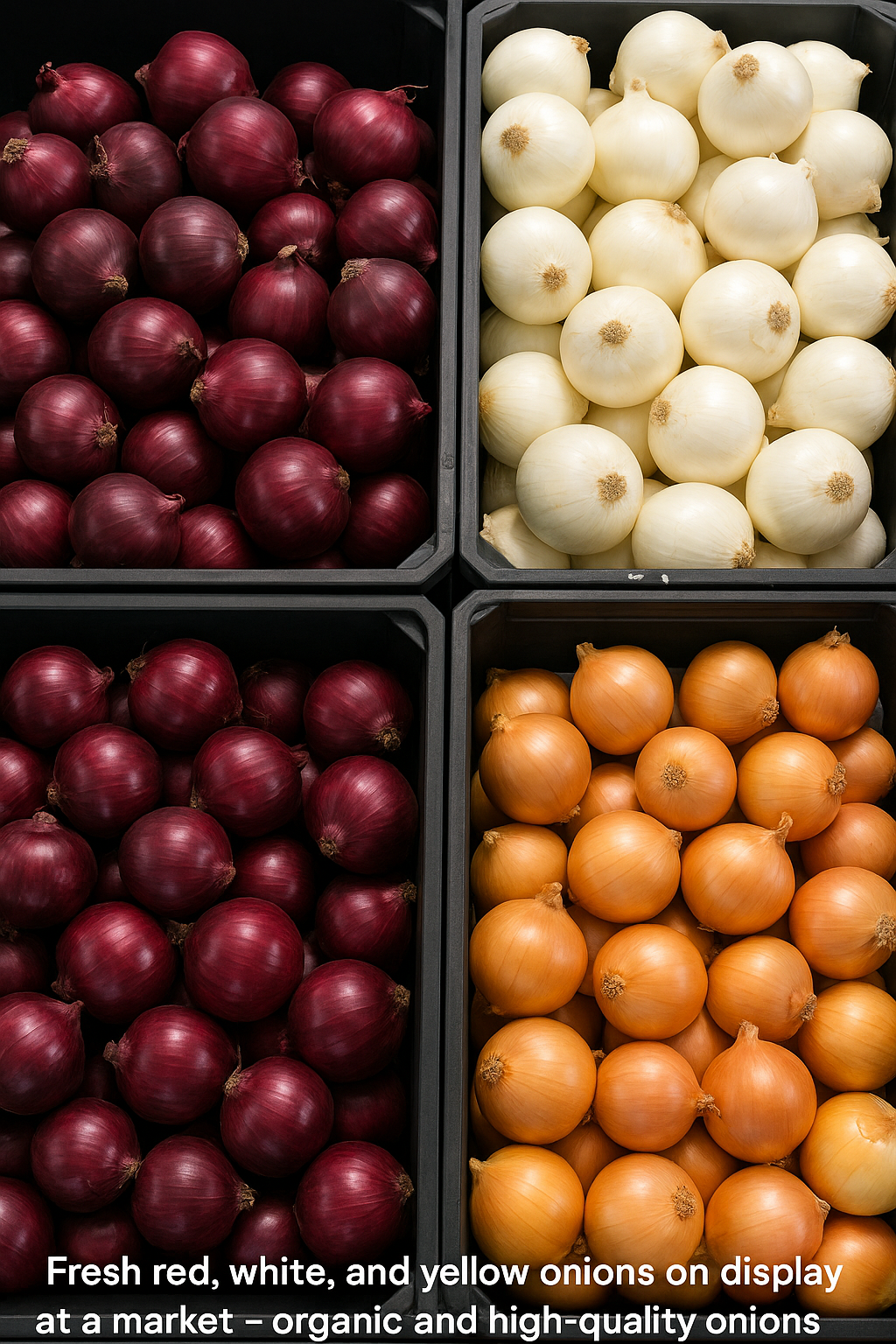
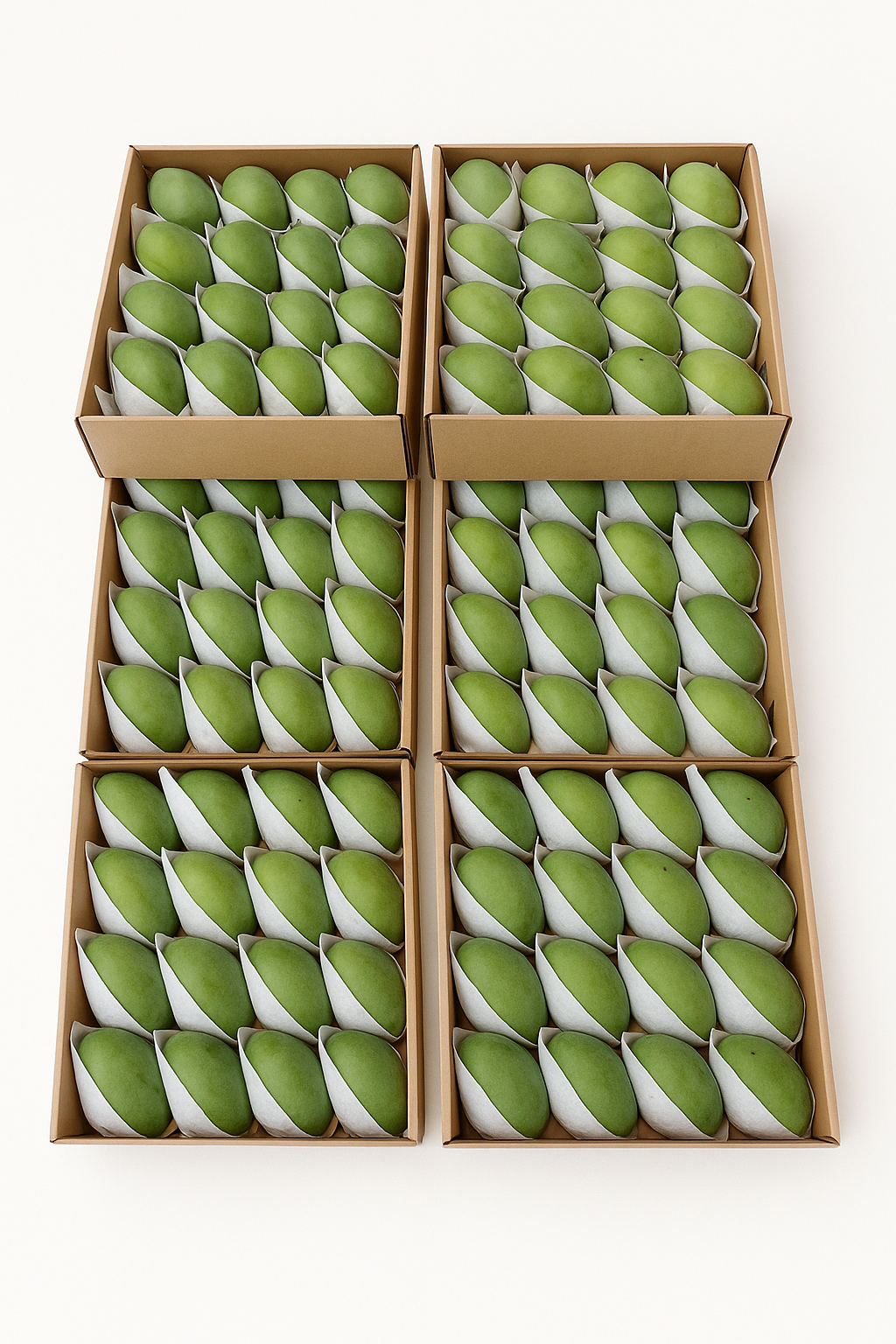
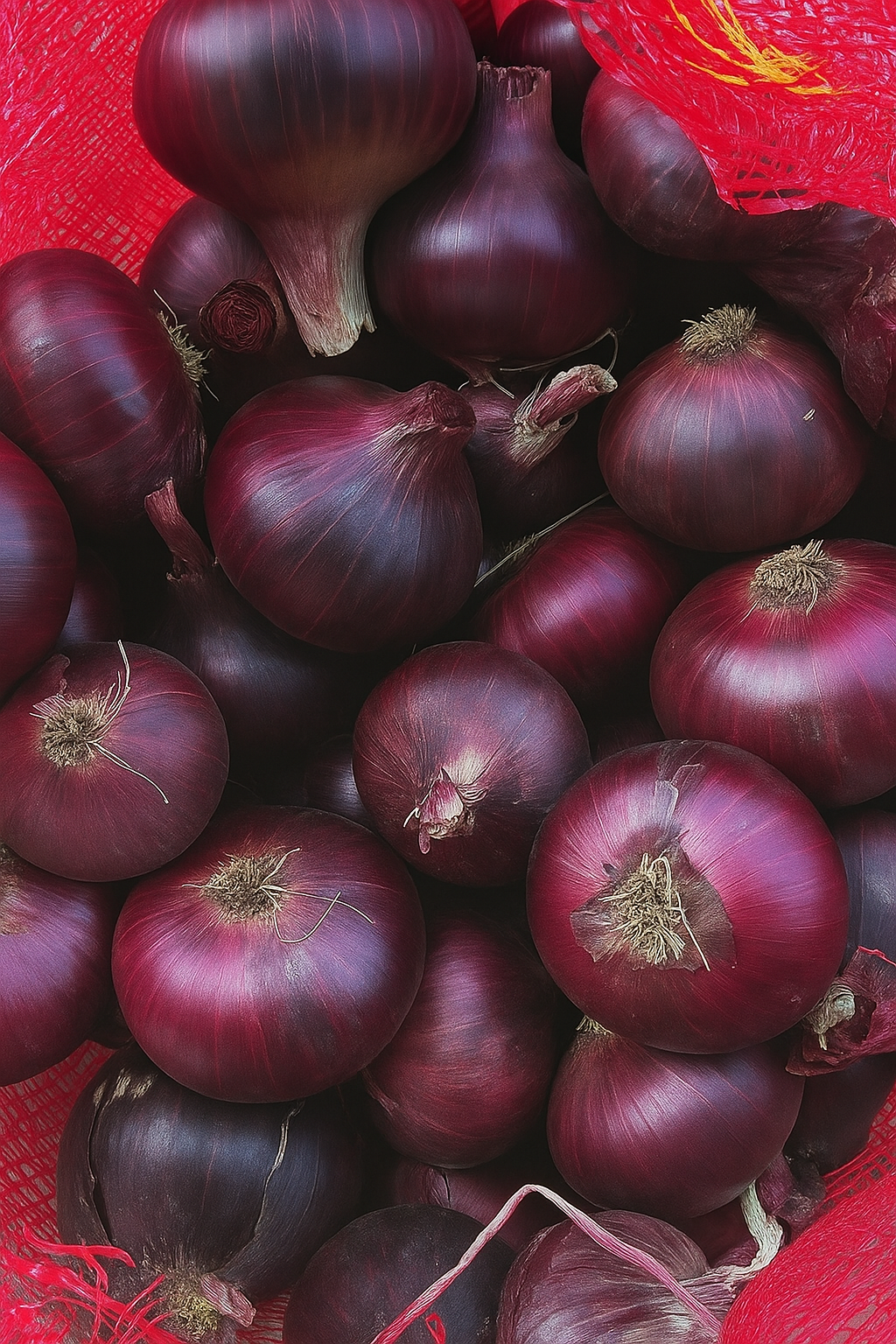
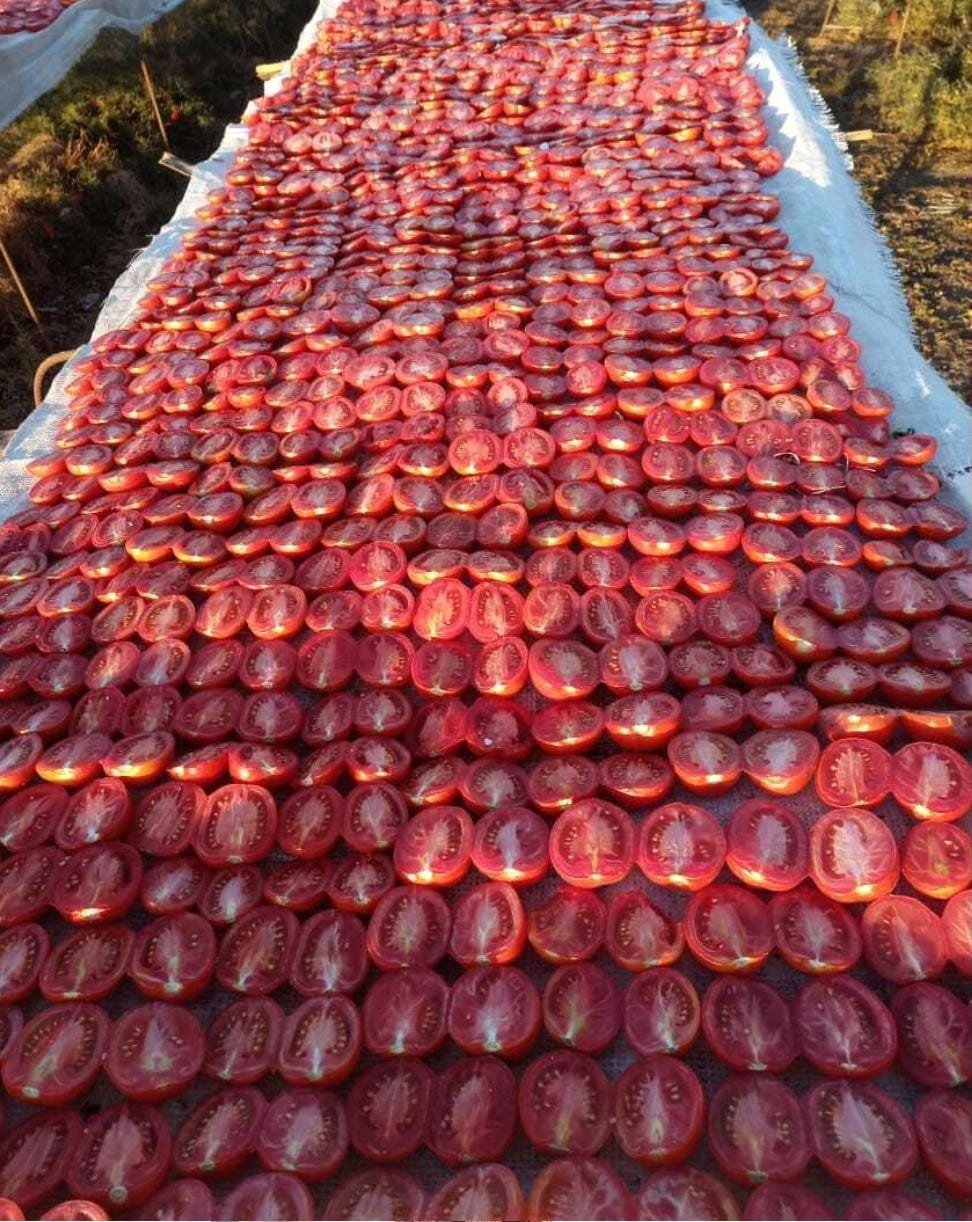
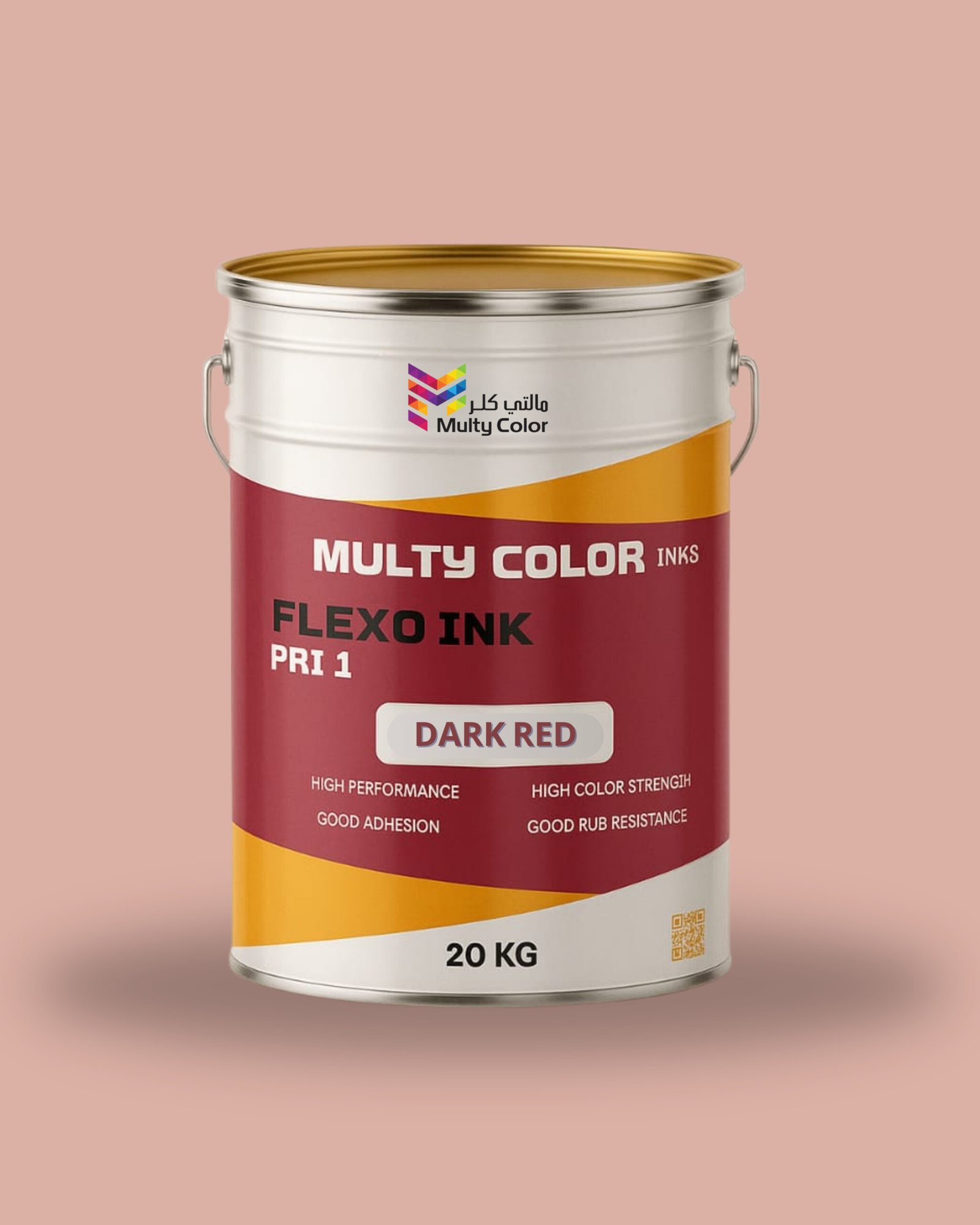
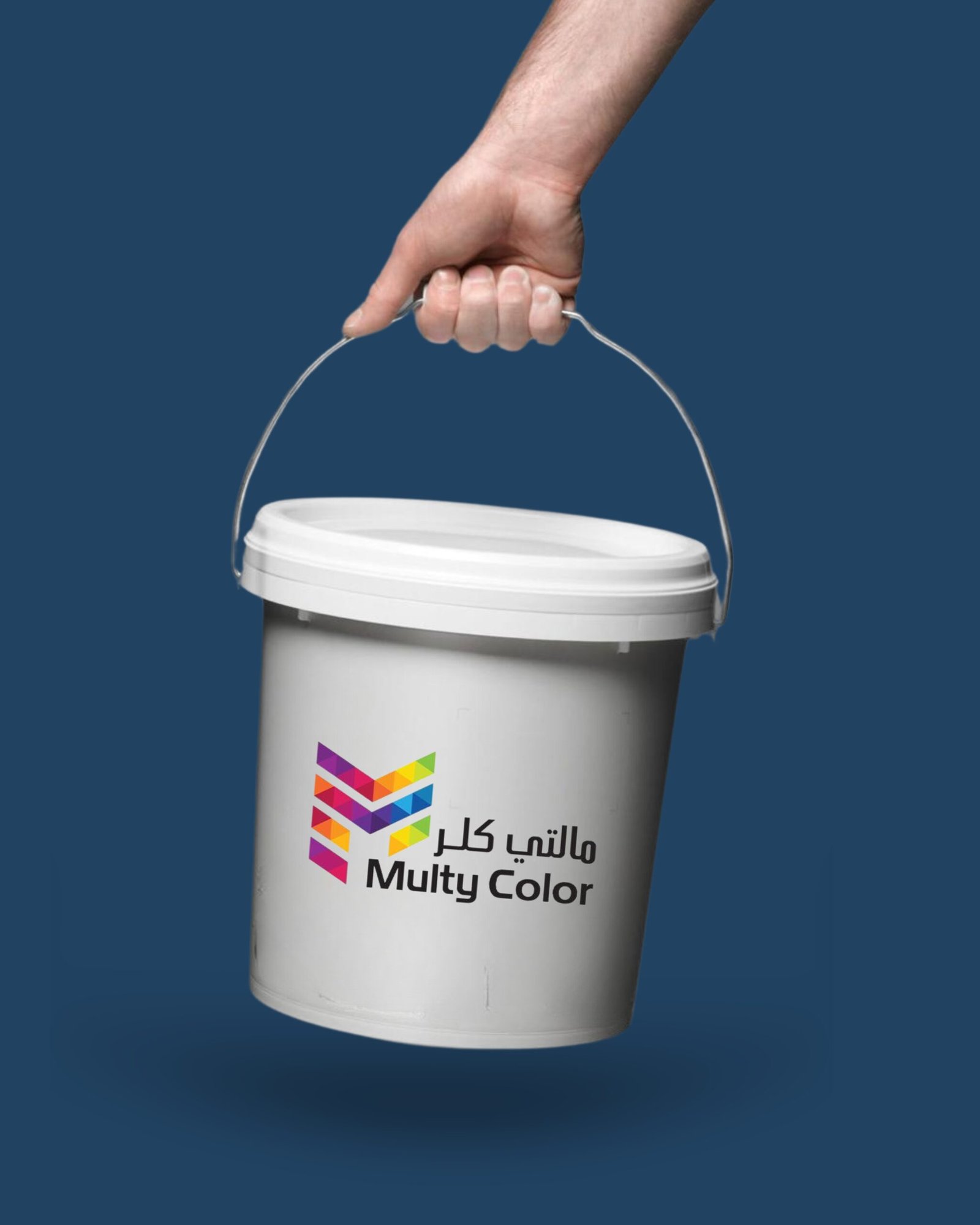


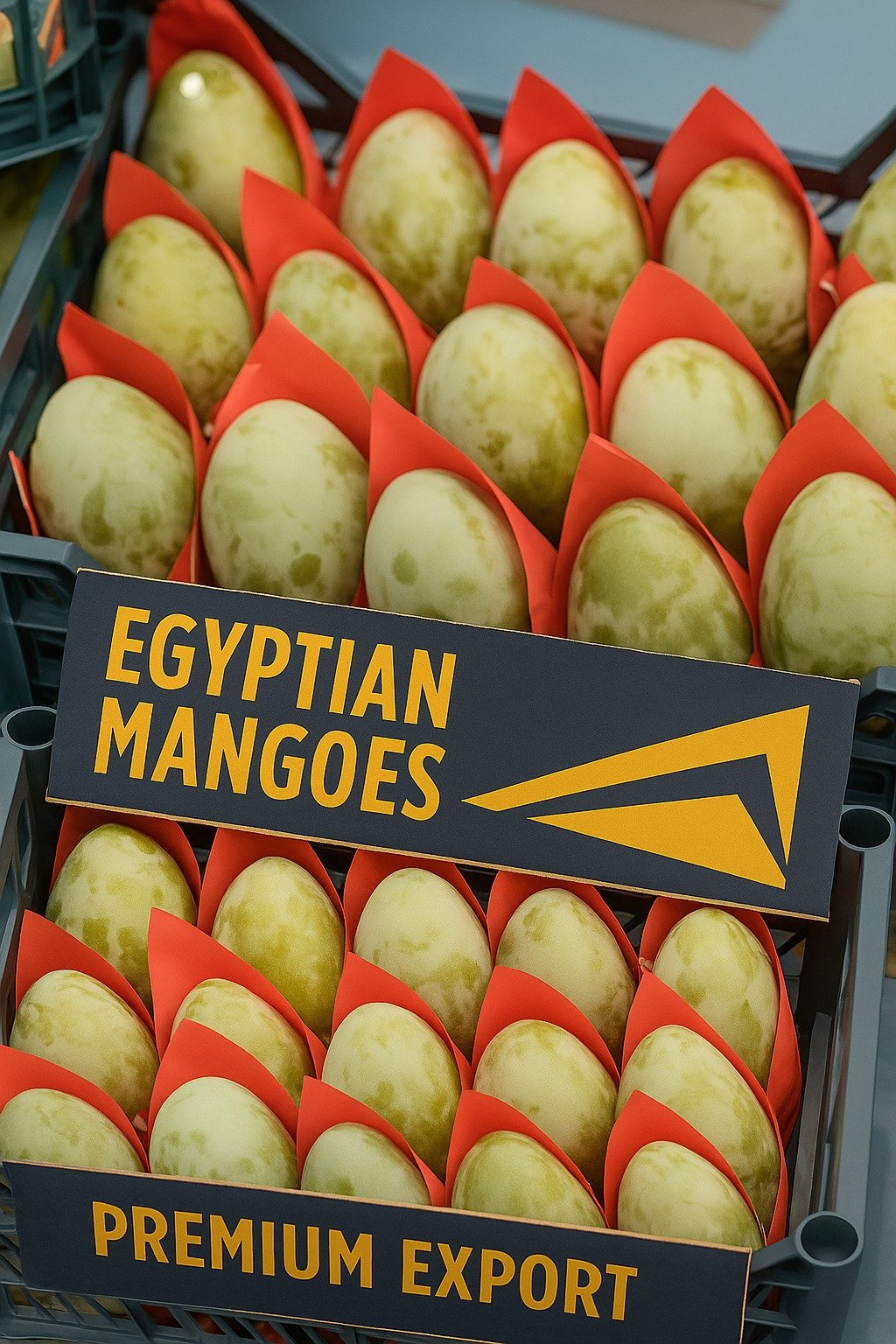
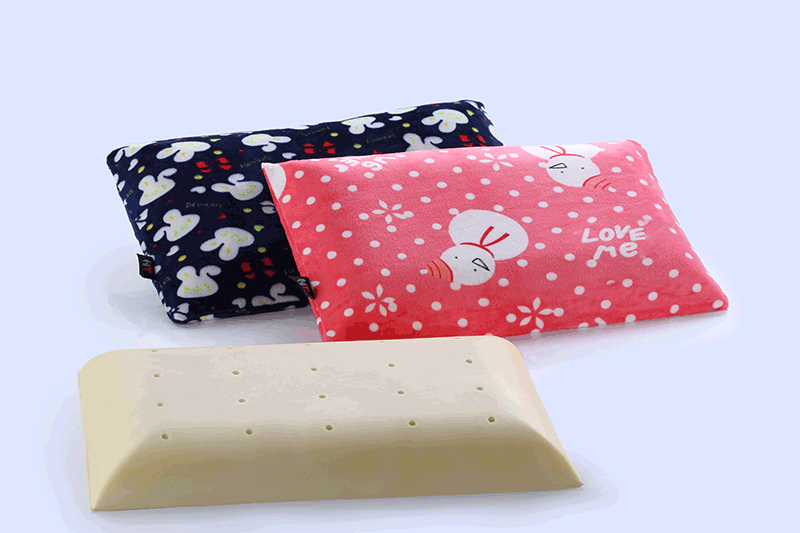




Reviews
There are no reviews yet.